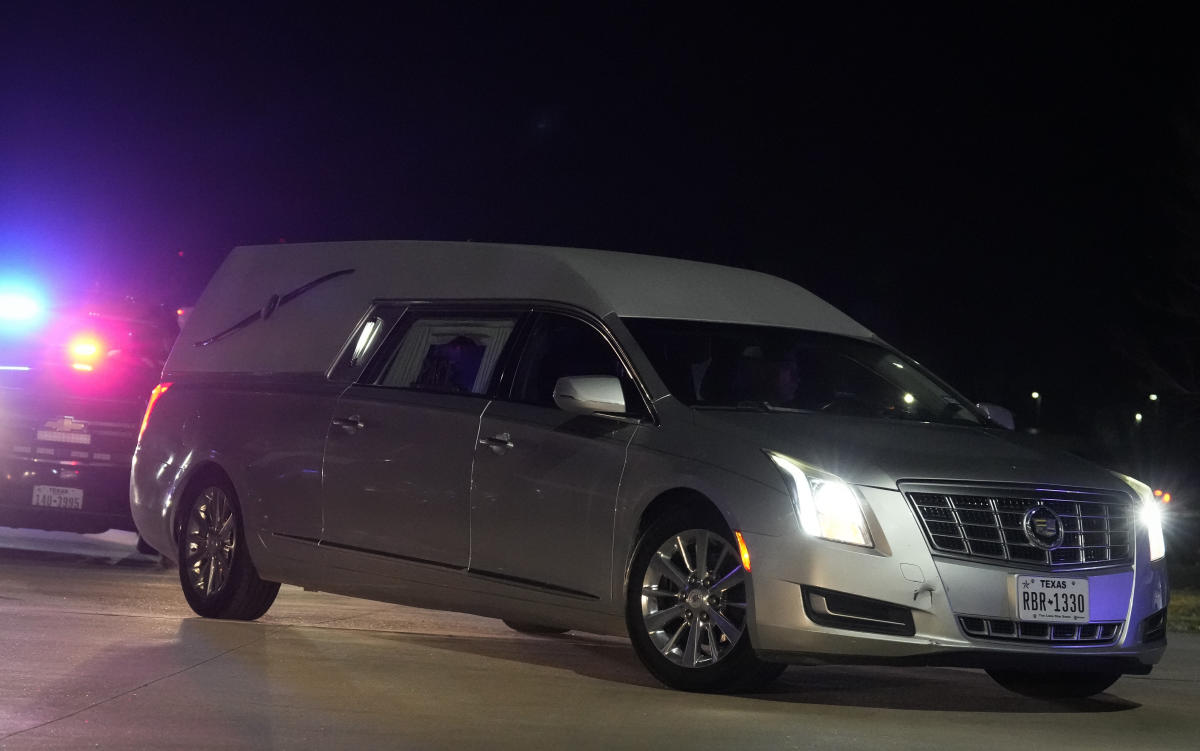By YP Rajesh, Shilpa Jamkhandikar and Shivam Patel
NEW DELHI (Reuters) -Indian Prime Minister Narendra Modi’s Bharatiya Janata Party (BJP)-led alliance raced to a clear majority in the 543-member lower house of parliament in early vote-counting trends on Tuesday, TV channels showed.
The channels showed the ruling National Democratic Alliance (NDA) was ahead in more than 300 seats, with BJP alone ahead in 255. The opposition INDIA alliance led by Rahul Gandhi’s Congress party was ahead in 172 seats, with Congress alone ahead in 71.
Based on the early trends, the Republic TV channel called the vote in favour of Modi, the first to do so.
The first votes counted are postal ballots, which are paper ballots, mostly cast by troops serving outside their home constituencies or officials away from home on election duty.
This year, postal votes were also offered to voters over 85 years of age and people with disabilities to allow them to vote from home.
Counting is expected to last several hours as the large majority of votes polled in electronic voting machines or EVMs are taken up after the first 30 minutes of counting postal ballots.
“These are very early trends, we are going to see better results as the day progresses,” Congress spokesperson Pawan Khera said.
TV exit polls broadcast after voting ended on June 1 projected a big win for Modi, but exit polls have often got election outcomes wrong in India. Nearly one billion people were registered to vote, of which 642 million turned out.
However, if Modi’s victory is confirmed, his BJP will have triumphed in a vitriolic campaign in which parties accused each other of religious bias and of posing a threat to sections of the population.
Investors have already cheered the prospects of another Modi term, expecting it to deliver further years of strong economic growth and pro-business reforms, while a possible two-thirds majority in parliament could allow major changes to the constitution, rivals and critics fear.
“The next government’s main task will be to set India on the path of getting rich before it ages,” the Times of India newspaper said in an editorial on Tuesday, referring to the young, working age population in the world’s most populous nation. “The clock’s ticking.”
MARKETS CHEER
India stocks fell at the open after Monday’s sharp surge as traders said there was some nervousness on the margin of victory.
The NIFTY 50 was down 2.2% at 0345 GMT and the S&P BSE Sensex was down 1.8%.
TV exit polls released on Saturday after voting ended projected the BJP-led National Democratic Alliance could win a two-thirds majority in the 543-member lower house of parliament.
Several major polls projected the BJP alone could win more than the 303 it won in 2019.
The projections pushed Indian shares to lifetime highs on Monday while the rupee gained and bond yields dropped.
Nearly one billion people were eligible to vote in the seven-phase, seven-week poll which began on April 19 and held in searing summer heat with temperatures touching nearly 50° Celsius (122° Fahrenheit) in some parts.
More than 66% of registered voters turned out, just one percentage point lower than the previous election in 2019, squashing pre-poll concerns that voters might shun a contest thought to be a foregone conclusion in Modi’s favour.
Modi, 73, who first swept to power in 2014 by promising growth and change, is seeking to be only the second prime minister after India’s independence leader Jawaharlal Nehru to win three straight terms.
He began his campaign by showcasing his record in office including economic growth, welfare policies, national pride, Hindu nationalism and his own personal commitment to fulfilling promises which he called “Modi’s Guarantee”.
However, he changed tack after low voter turnout in the first phase and accused the opposition, especially the Congress party which leads an alliance of two dozen groups, of favouring India’s 200 million Muslims – a shift analysts said made the campaign coarse and divisive.
They said the pivot may have been aimed at firing up the Hindu nationalist base of Modi’s Bharatiya Janata Party (BJP) to draw them to vote. Modi defended himself against criticism that he was stoking divisions between Hindus and Muslims to win votes and said that he was only faulting the opposition campaign.
The opposition INDIA alliance, led by Rahul Gandhi’s Congress party, denied it favoured Muslims in the Hindu-majority country and said Modi would destroy the constitution if he returned to power and end affirmative action enjoyed by the so-called backward castes. The BJP rejects this.
(Reporting by New Delhi and Mumbai bureaux; Writing by YP Rajesh; Editing by Michael Perry and Raju Gopalakrishnan)
Signup bonus from



